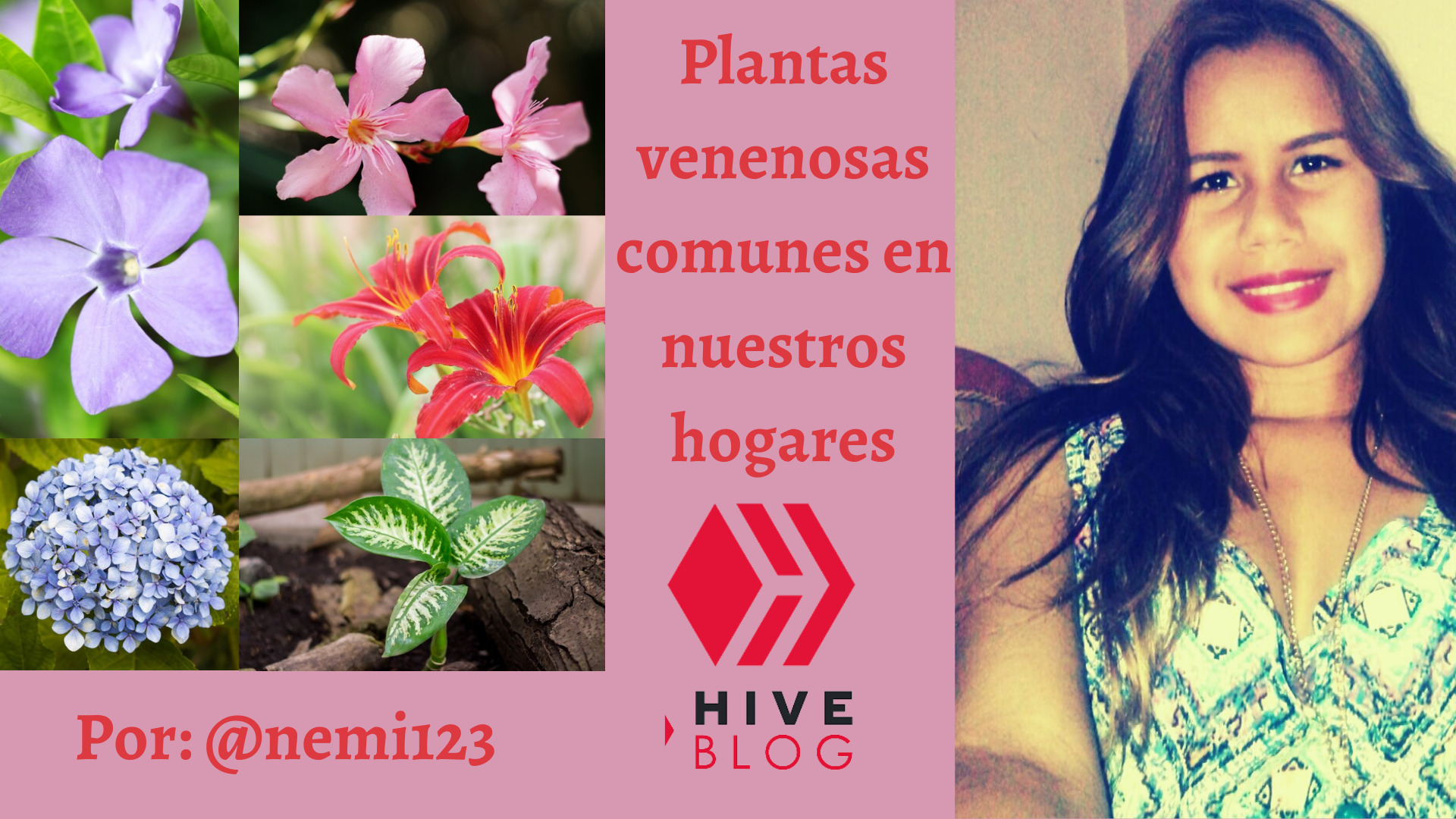
Hola amigos bloggeros ❤️
Hello blogger friends ❤️
Hablemos sobre las plantas venenosas, ya sea en el jardín de casa o en el interior del hogar, es muy común que tengamos plantas de todo tipo para decorar y dar un toque natural.
Sin embargo, sin que seamos muchas veces conscientes, algunas de ellas son plantas ornamentales venenosas que pueden poner en peligro a los niños pequeños y a tus mascotas o causar problemas de salud. Conoce cuáles son y qué buenos hábitos puedes observar si deseas tenerlas en casa.
Adelfa:
Es una planta majestuosa de flores vistosas que, sin embargo, esconde un peligro: sus tallos y hojas son venenosos y su ingesta puede tener graves consecuencias. La intoxicación con esta planta puede ocurrir tanto por su manipulación inadecuada como por la quema de sus hojas secas. Su ingesta se debe a menudo al uso erróneo de sus hojas para infusiones, pues estas pueden confundirse fácilmente con las del eucalipto. Los síntomas de los problemas de salud causados por la adelfa van desde vómito hasta el paro cardíaco en los casos más extremos. Según cuenta la leyenda, la adelfa es tan venenosa que ha sido utilizada en más de una ocasión para intoxicar a las tropas enemigas. Sobra decir que debemos tener mucho cuidado si es que deseamos decorar con ella nuestro balcón o nuestro jardín.
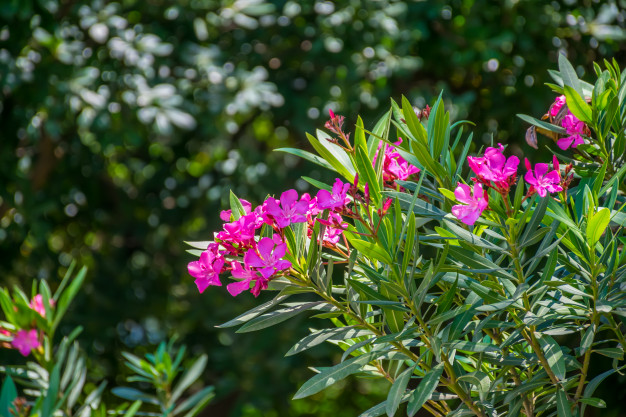
Dieffenbachia:
Una planta muy común en hogares y oficinas de toda América Latina que se caracteriza por sus largas hojas de color vistoso. Existen muchas clases, pero las más comunes son el dólar y la amoena. Todas sus partes son tóxicas por su alto contenido de oxalato de calcio, pero en especial el contacto con su goma (o resina) genera síntomas más fuertes. En mascotas y niños, los síntomas más comunes (generalmente por masticar sus hojas) son ardor en la boca y la garganta, diarrea y vómito. En caso de contacto con la goma, se recomienda lavar inmediatamente las manos con agua abundante para evitar posteriores problemas de salud.
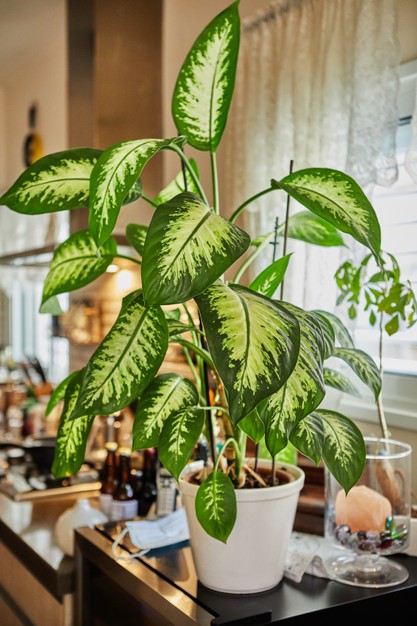
Hortensia:
Planta muy utilizada en decoración por su llamativo aspecto en forma de copo. Sus flores pueden tener distintos colores, entre ellos, azul, blanco, rosa o lila. Al igual que las dos anteriores, todas sus partes son tóxicas y pueden causar problemas de salud. En pocas dosis produce problemas gastrointestinales y en dosis mayores puede producir resultados fatales. Si vas a tenerla en casa, no la dejes al alcance de niños o mascotas.
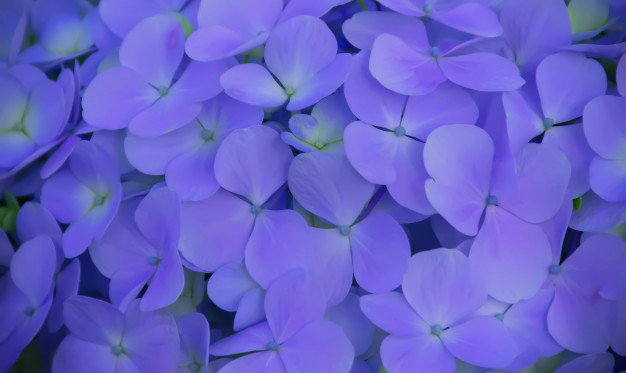
Azucena o lirio:
Tener una azucena en el hogar es quizás una de las mejores decisiones, no sólo por sus flores vistosas en forma de trompeta, sino por el agradable aroma que desprende. Aunque no es tóxica para los seres humanos, sí lo es para los gatos, por lo que, si tienes uno en casa, deberás ponerla en un sitio donde tu mascota no pueda alcanzarla. Los síntomas más comunes de problemas de salud son salivación excesiva, vómitos y diarrea, que si no son tratados a tiempo pueden causarle la muerte a tu mascota.
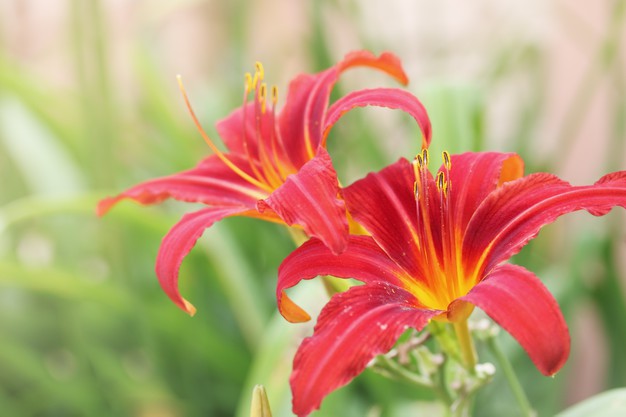
Vinca:
Muy usada en jardines interiores y exteriores por sus flores pequeñas en variados colores. Es tentadora para los niños, quienes pueden tomar sus flores para jugar y debido a su accesibilidad es muy probable que pueda ser mordisqueada por tus mascotas. Sin embargo, esta planta está compuesta por una serie de alcaloides que causan problemas de salud pues son tóxicos, particularmente para los perros, y a los cuales debe evitarse la exposición, por lo que es recomendable tenerla fuera del alcance de mascotas y niños.
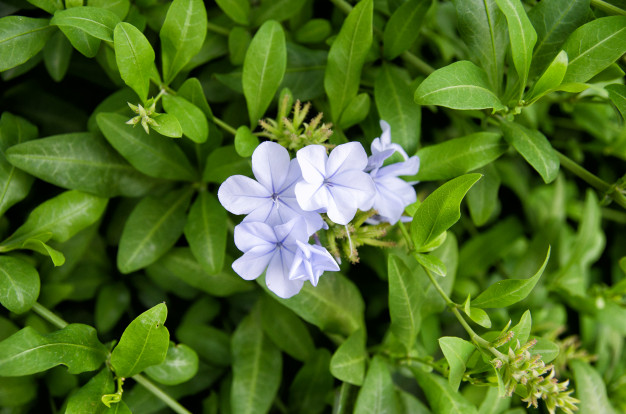
Consejos para evitar intoxicaciones con plantas ornamentales venenosas en el hogar:
Si tienes o deseas tener alguna de las plantas mencionadas, ten en cuentas las siguientes recomendaciones y buenos hábitos:
- Pon la planta en un lugar fuera del alcance de niños y mascotas.
- Al manipularla, utiliza elementos de protección como guantes, tapabocas y gafas.
- Recuerda lavarte bien las manos si tienes contacto directo con ellas (lo mismo aplica para tus niños).
En caso de intoxicación, acude de inmediato al centro médico más cercano.
Siempre que se tomen las precauciones adecuadas y se tengan buenos hábitos, podemos tener todas estas plantas en el hogar y disfrutar de su belleza y aroma.
Let's talk about poisonous plants,whether in the home garden or inside the home, it is very common that we have plants of all kinds to decorate and give a natural touch.
However, without our many times being aware, some of them are poisonous ornamental plants that can endanger young children and your pets or cause health problems. Know what they are and what good habits you can observe if you want to have them at home.
Oleander:
It is a majestic plant with showy flowers that, however, hides a danger: its stems and leaves are poisonous and its ingestion can have serious consequences. Poisoning with this plant can occur both from its improper handling and from the burning of its dry leaves. Its intake is often due to the misuse of its leaves for infusions, as these can easily be confused with those of eucalyptus. Symptoms of oleander health problems range from vomiting to cardiac arrest in the most extreme cases. According to legend, oleander is so poisonous that it has been used more than once to poison enemy troops. It goes without saying that we must be very careful if we want to decorate our balcony or our garden with it.
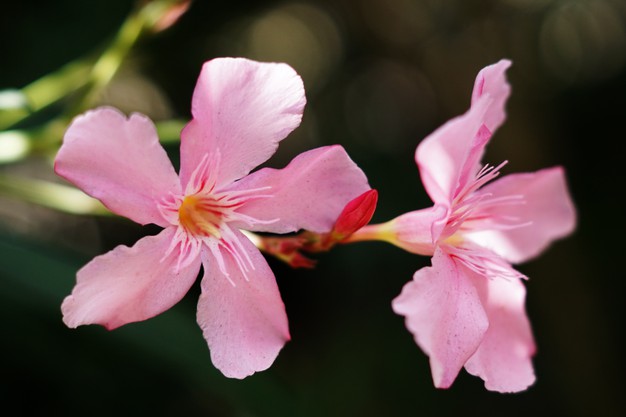
Dieffenbachia:
A very common plant in homes and offices throughout Latin America that is characterized by its long, showy colored leaves. There are many kinds, but the most common are the dollar and the amoena. All its parts are toxic due to its high content of calcium oxalate, but especially contact with its rubber (or resin) generates stronger symptoms. In pets and children, the most common symptoms (usually from chewing its leaves) are burning in the mouth and throat, diarrhea and vomiting. In case of contact with the rubber, it is recommended to wash your hands immediately with plenty of water to avoid further health problems.
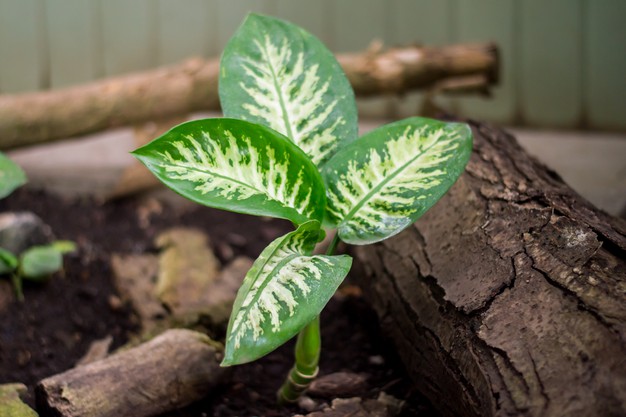
Hydrangea:
Plant widely used in decoration for its striking flake-shaped appearance. Its flowers can have different colors, including blue, white, pink or lilac. Like the previous two, all its parts are toxic and can cause health problems. In small doses it produces gastrointestinal problems and in larger doses it can produce fatal results. If you are going to have it at home, do not leave it within the reach of children or pets.
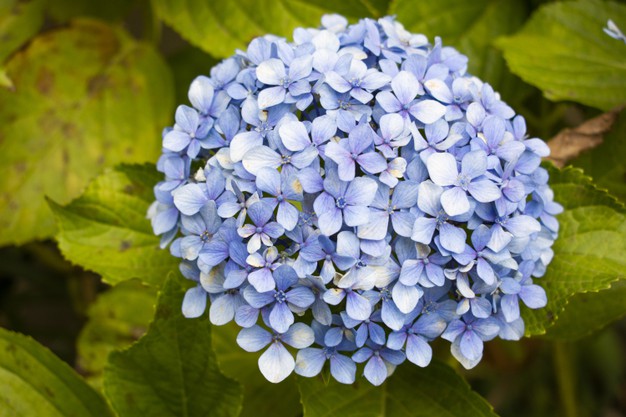
Lily or lily:
Having a lily in the home is perhaps one of the best decisions, not only for its showy trumpet-shaped flowers, but for the pleasant aroma it gives off. Although it is not toxic to humans, it is toxic to cats, so if you have one at home, you should put it in a place where your pet cannot reach it. The most common symptoms of health problems are excessive salivation, vomiting and diarrhea, which if not treated in time can cause death in your pet.
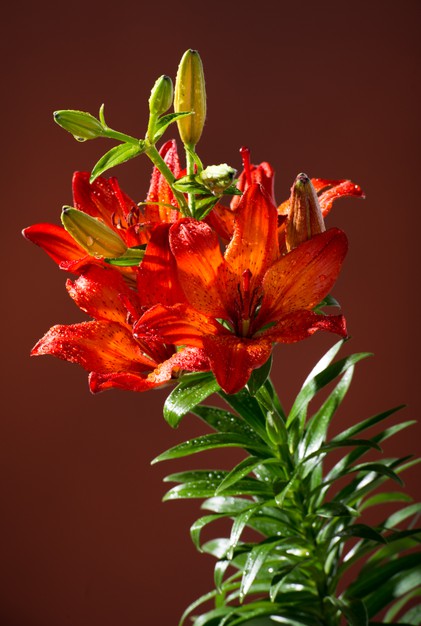
Vinca:
Widely used in indoor and outdoor gardens for its small flowers in various colors. It is tempting for children, who can take its flowers to play and due to its accessibility it is very likely that it can be nibbled by your pets. However, this plant is composed of a series of alkaloids that cause health problems because they are toxic, particularly for dogs, and to which exposure should be avoided, so it is advisable to keep it out of the reach of pets and children.

Tips to avoid poisoning with poisonous ornamental plants at home:
If you have or want to have any of the plants mentioned, keep in mind the following recommendations and good habits:
- Put the plant in a place out of the reach of children and pets.
- When handling it, use protective elements such as gloves, face masks and goggles.
- Remember to wash your hands well if you have direct contact with them (the same applies to your children).
In case of poisoning, go immediately to the nearest medical center.
As long as the proper precautions are taken and good habits are followed, we can have all these plants in the home and enjoy their beauty and aroma.
Separadores diseñados en canva
Foto principal y final, son de mi propiedad editadas en canva
Separators designed in canva
Main and final photo, they are my property edited in canva
.png)

Congratulations @nemi123! You have completed the following achievement on the Hive blockchain and have been rewarded with new badge(s) :
Your next target is to reach 300 upvotes.
You can view your badges on your board and compare yourself to others in the Ranking
If you no longer want to receive notifications, reply to this comment with the word
STOPCheck out the last post from @hivebuzz:
Source
Plagiarism is the copying & pasting of others' work without giving credit to the original author or artist. Plagiarized posts are considered fraud and violate the intellectual property rights of the original creator.
Fraud is discouraged by the community and may result in the account being Blacklisted.
If you believe this comment is in error, please contact us in #appeals in Discord.